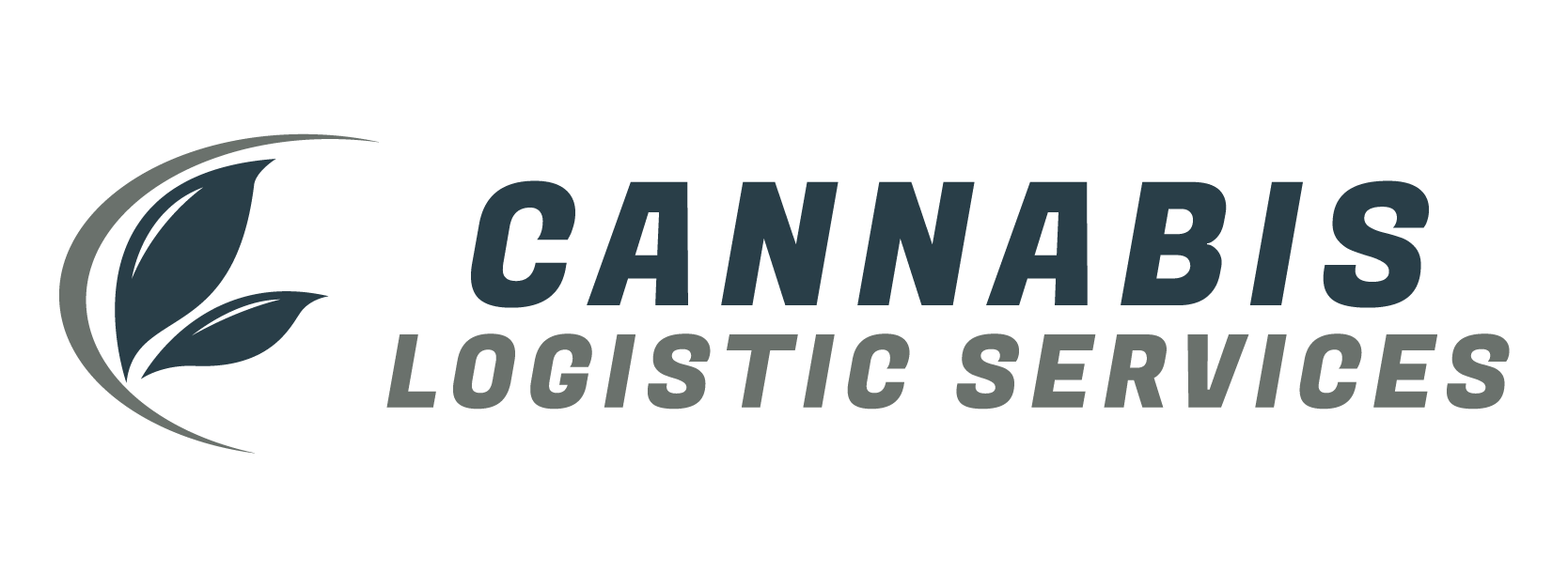Cold-chain logistics refers to a temperature-controlled supply chain system designed to preserve the integrity, potency, and safety of perishable goods. In the cannabis industry, where temperature-sensitive products such as edibles, concentrates, tinctures, beverages, and live resin extracts are increasingly popular, cold-chain logistics plays a critical role in maintaining product quality and ensuring regulatory compliance throughout transport and storage.
At its core, cold-chain logistics involves a series of interconnected processes—refrigerated transport vehicles, cold storage facilities, insulated packaging, and real-time monitoring systems. These elements work in unison to maintain specific temperature ranges from the point of origin (e.g., manufacturing or cultivation site) to the final destination, often a dispensary or patient’s doorstep. For cannabis, optimal temperature zones typically range between 36°F and 46°F for perishables and concentrates, while frozen cannabis products require environments at or below 32°F.
Why It Matters in Cannabis Logistics
Temperature fluctuations can degrade cannabinoids (such as THC and CBD), terpenes, and other active compounds. For instance, exposure to heat can cause decarboxylation or oxidation, compromising potency and shelf life. Likewise, improperly stored edibles may spoil or lose consistency, and infused beverages may separate or ferment under unstable conditions. According to a 2022 report by the Cannabis Distribution Association (CDA), nearly 18% of consumer complaints in cannabis product recalls were linked to improper storage temperatures during transport.
From a compliance standpoint, states such as California, Colorado, and Massachusetts have already introduced temperature-sensitive product handling standards under their cannabis regulations. These may include mandated storage temperatures, humidity thresholds, or requirements for refrigerated transport for specific product types. Failure to comply may result in fines, product seizure, or license suspension.
Technology and Real-Time Monitoring
To ensure product stability, logistics providers increasingly rely on advanced telematics and IoT-enabled sensors. These allow for real-time temperature and humidity tracking, alerting operators instantly when deviations occur. Data logging also provides documented proof of temperature control, which is essential during audits or investigations by regulatory agencies.
Refrigerated delivery vehicles equipped with climate control systems are now part of specialized cannabis fleets. These units use GPS-integrated systems to offer route optimization that prioritizes time-sensitive delivery, reducing the risk of exposure to ambient conditions. Some solutions also incorporate backup power sources to prevent temperature excursions during traffic delays or vehicle breakdowns.
Packaging and Last-Mile Delivery Challenges
Even with climate-controlled vehicles, packaging remains a critical component of the cold chain. Insulated liners, cold packs, and moisture barriers are often used to stabilize internal temperatures, especially during last-mile delivery where exposure risk is highest. In markets where direct-to-consumer cannabis delivery is legal, maintaining product quality through the final mile is a unique challenge that cold-chain systems are solving through hybrid approaches combining passive cooling and rapid routing.
In Summary
As cannabis products diversify and regulatory oversight strengthens, cold-chain logistics is no longer a luxury—it’s a necessity. Properly managed cold-chain systems not only protect product integrity but also build consumer trust, prevent costly recalls, and support long-term brand reputation. As demand for temperature-sensitive products rises, logistics providers who invest in robust cold-chain infrastructure will stand at the forefront of cannabis distribution excellence.
Learn More: Craft Cannabis: How Beverages and Edibles Are Reshaping Consumer Demand
